Your basket is currently empty!
What is Interior Design?
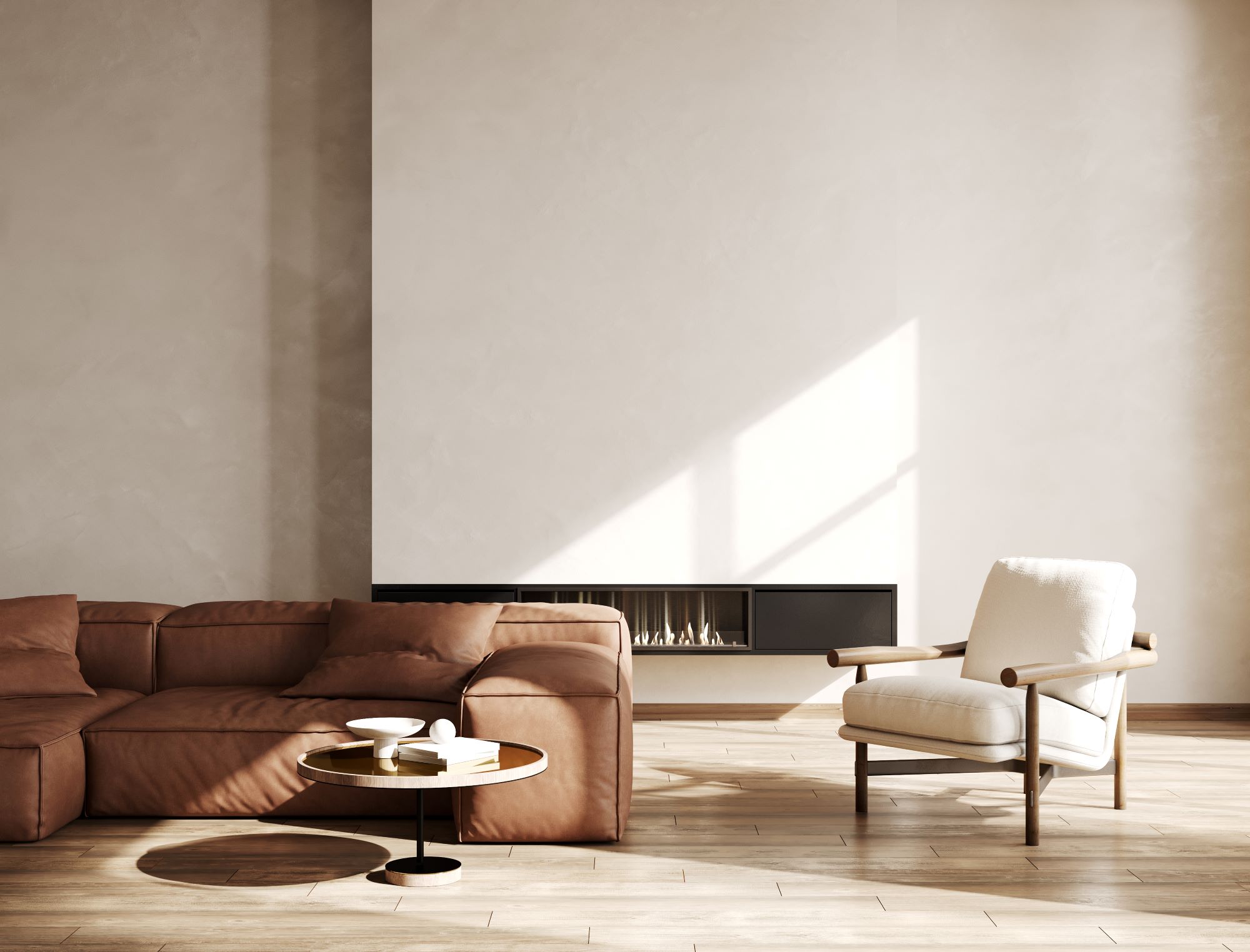

HOME ARRANGEMENT.
Interior design is more than just arranging furniture or decorating your home. It is, in fact, a multivaried practice that strategically combines creativity, art, culture and functionality to make any interior spaces purposeful and aesthetic.
At the core, interior design paints a canvas, but ultimatelly aims at enhancing life quality through conscious spatial planning, reflecting specific interior design movements and individual’s preferences and needs.
Interior design is not just about making spaces look beautiful. A well-designed space can improve mental well-being, increase productivity, and even enhance social interactions. Whether in homes, offices, or public spaces, interior design has the power to shape decor, the way we live and work. It’s about creating environments that support our daily lives in ways that are both practical and inspiring. We want to feel at peace with spaces that we are spending valuable time in.
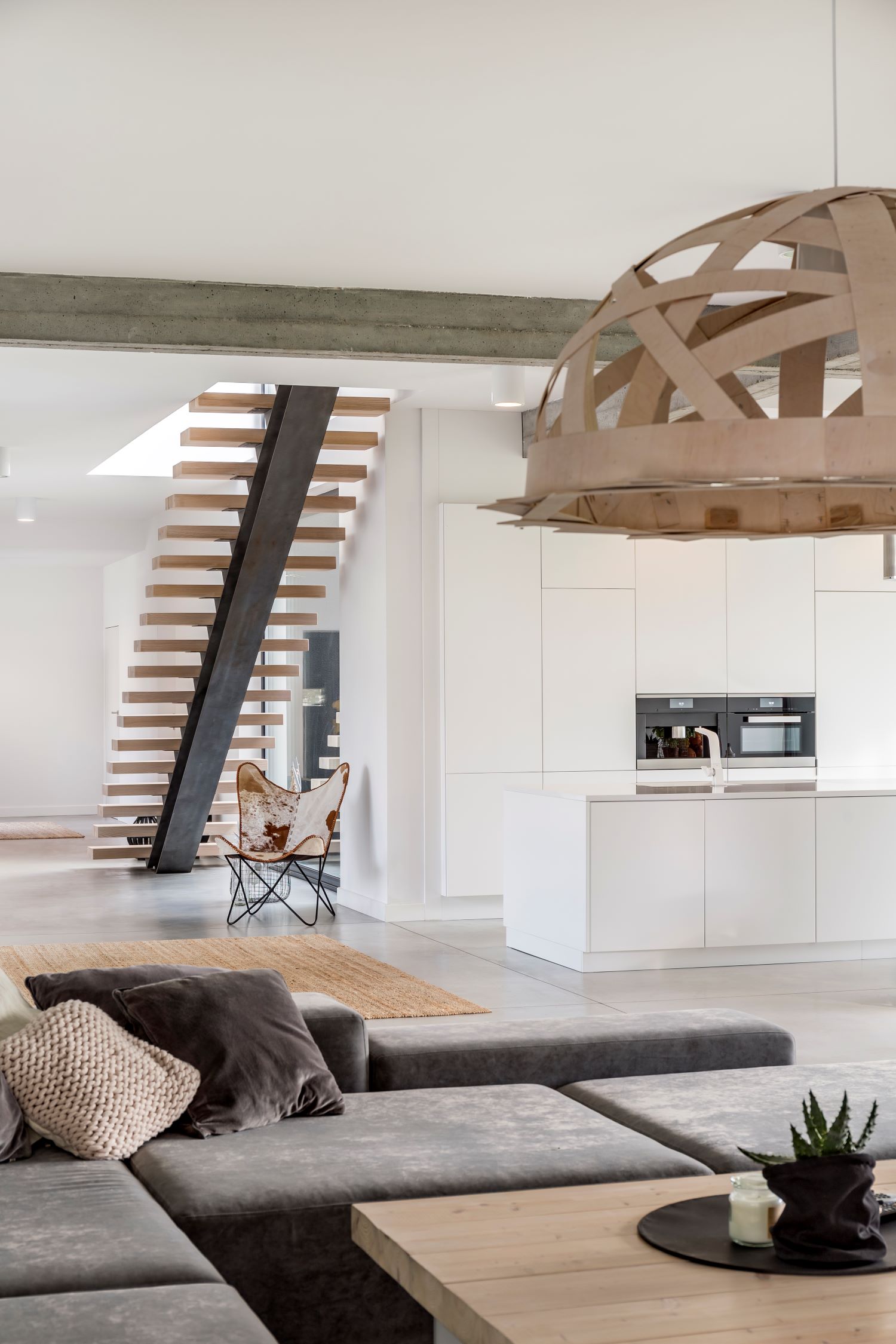
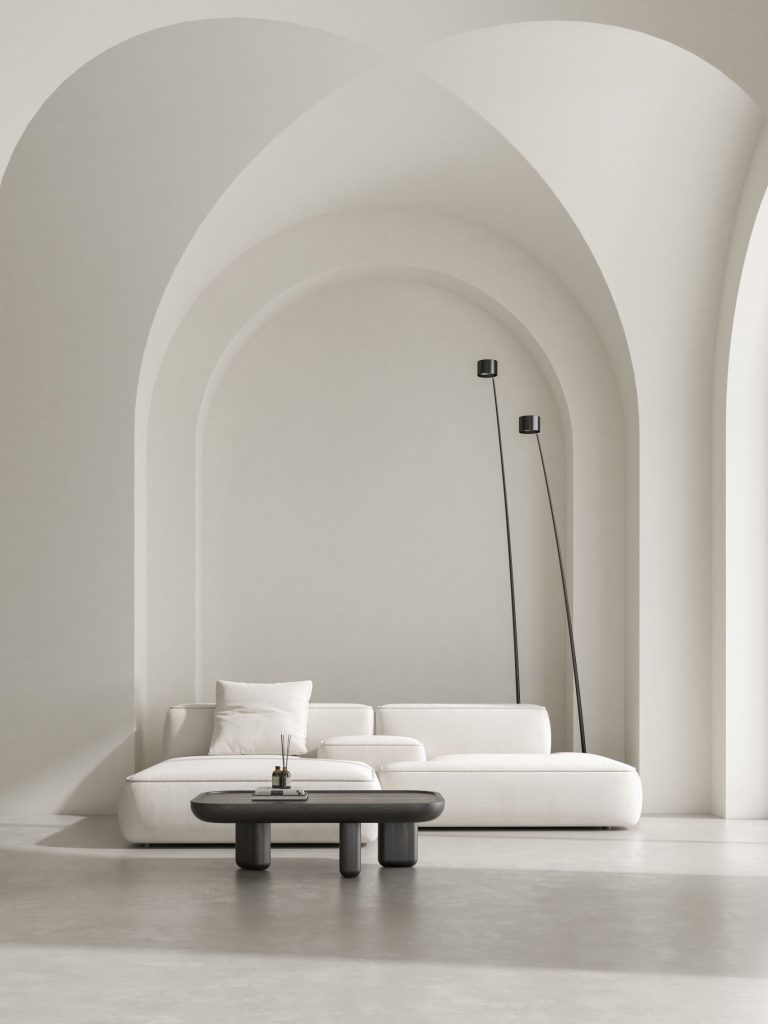
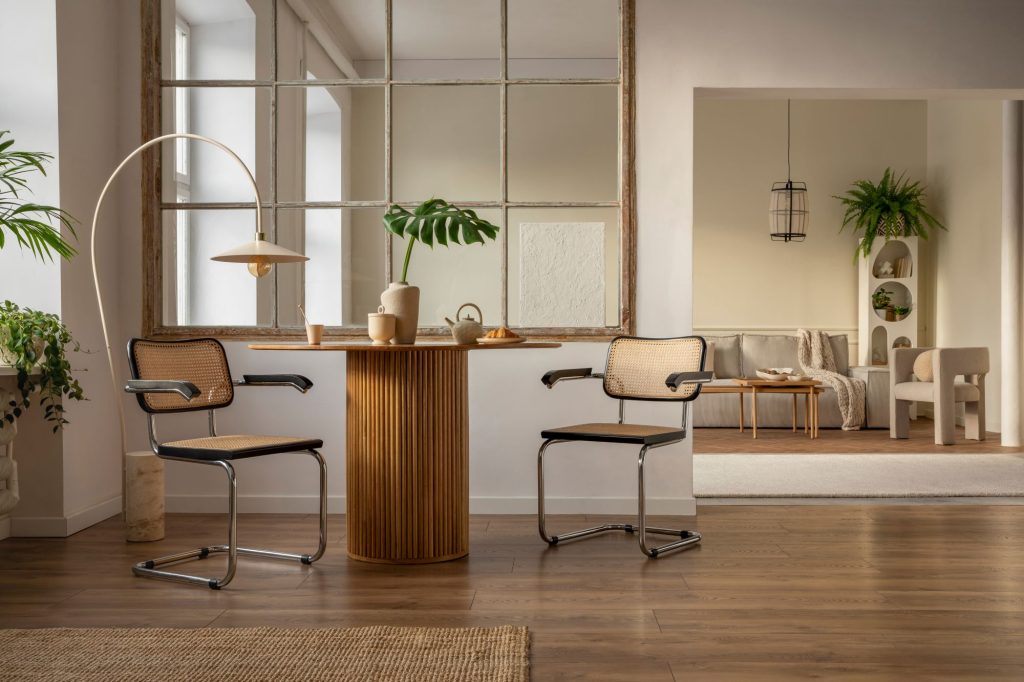
Interior design bridges the gap between art and culture. If we look into the interiors of homes, and businesses there is a clear correlation between the physical style of the room and fashion and music that is being listened to. Take the late 1980’s. Apartments across Manhatten were renowned for their simplistic, less is more approach. That same idea was implemented across music that was popular at the time, such as bands like Genesis, New Order and Depeche Mode. You can draw comparisons endlessly, but the fact is that culture undeniabely impacts interior design – both directly and in-directly.
Interior design draws upon principles of design—such as balance, harmony, and contrast—while applying practical knowledge of materials, architecture, and ergonomics. This combination transforms empty spaces into environments where people feel comfortable, inspired, and productive.
The interior designer plays many different roles. From concept development through installations-and is working to ensure that a space aligns with both the client’s vision and functional needs. They consider lighting, color schemes, textures, and layouts, all within various codes and regulations for safety. Importantly, the interior designers also know how to make the space feel cohesive, often adhering to some type of design language like minimalism or mid-century modernism.
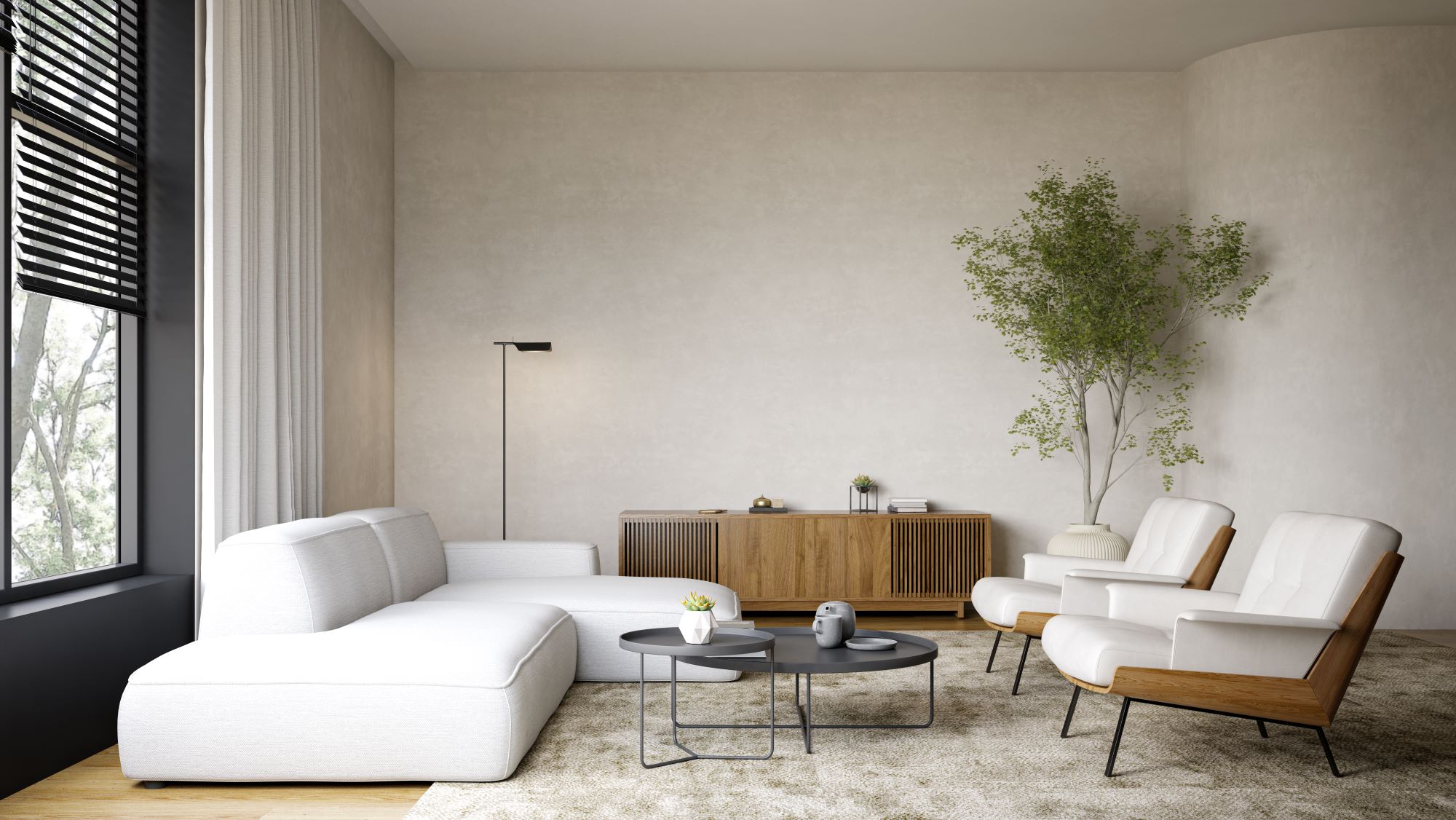
Throughout history, interior design has evolved through various movements, each reflecting the cultural and technological advances of its time. From the opulence of Baroque interiors to the clean lines of mid-century modernism, design trends shift in response to changes in society. Today, minimalism and sustainability dominate much of the interior design world, with an emphasis on simplicity, functionality, and eco-conscious choices.
Interior design goes beyond selecting furniture (such as side tables or lamps) and home décor. It’s about creating spaces that align with the specific needs of the people inhabiting them. Whether it’s residential or commercial, the design process involves a comprehensive understanding of architecture, psychology, and even technology. For example, designers consider the flow of movement within a room, the comfort of the furniture, and how the layout affects human behaviour. These decisions impact how people feel and function in their surroundings.
A significant element of interior design is balancing functionality aesthetics and atmosphere. A designer of any kind may choose any approach, however a minimalism and mid-century is the core of our projects. Incorporating bold, eclectic styles rather than elaborate and bright tones and colours. However, the goal remains the same: to create spaces that are not only visually appealing but also functional. For example, an office might require an open-plan layout to foster collaboration, while a home might prioritize comfort and privacy.
Designers often draw inspiration from historical movements like Bauhaus or mid-century modern, blending traditional ideas with modern innovations. This fusion creates spaces that are timeless yet contemporary, as seen in brands like vīsĭo, which emphasize simplicity and sleekness in their home decor offerings.
Interior design is constantly evolving, influenced by changing lifestyles, technology, and environmental concerns. Designers today face the challenge of creating spaces that are not only beautiful and functional but also sustainable. Energy efficiency, eco-friendly materials, and smart home technology are increasingly becoming integral parts of modern design projects.